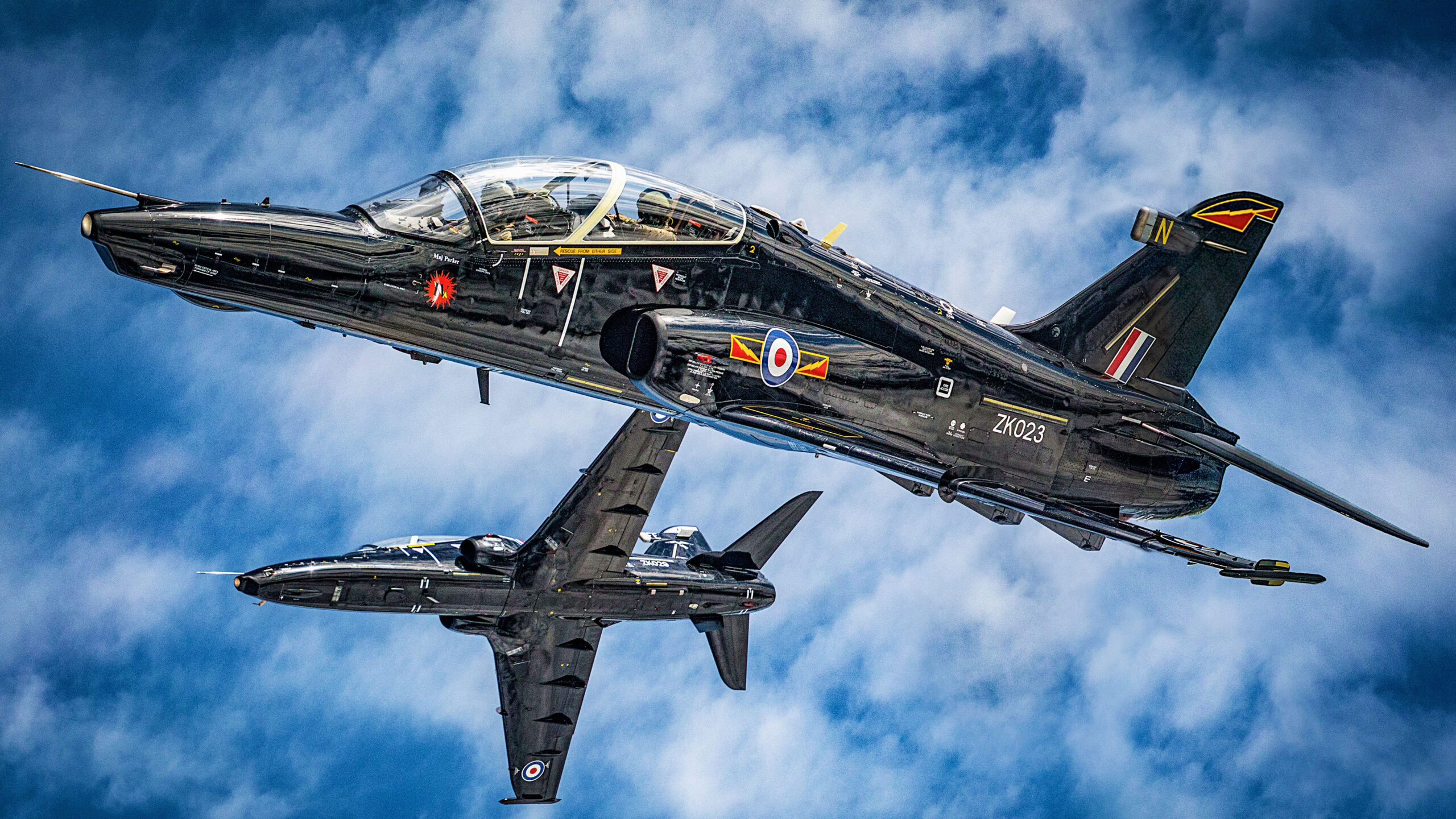Ahead of Ukrainian President Volodymyr Zelensky’s first visit to the United Kingdom since Russia’s full-scale invasion of Ukraine began, the U.K. government confirmed that it will begin to train Ukrainian fighter pilots, as part of its military aid to the country. At this point, it’s unclear exactly what kind of training will be provided, but the U.K. government has said it will also look into providing undisclosed new fighter jets for Ukraine, which could finally kick-start the realization of one of Kyiv’s long-stated weapons acquisition goals.
President Zelensky met the British Prime Minister Rishi Sunak and King Charles III, spoke before the House of Commons, and visited Ukrainian troops already training in the country. Shortly before he touched down in the country, the U.K. government announced plans “to expand training for the Armed Forces of Ukraine to sea and air, including fighter jet pilots and marines, as part of long-term investment in their military.”
The statement from the U.K. government adds that this training, starting this spring, “will ensure pilots are able to fly sophisticated NATO-standard fighter jets in the future. As part of that long-term capability investment, the U.K. will work with Ukraine and international allies to coordinate collective support to meet Ukraine’s defensive needs.”
This indicates that the training will be to help transition Ukrainian Air Force fighter pilots onto new aircraft types, although the exact model is not specified. For many months now, Ukrainian officials and fighter pilots alike have made the case for the U.S.-made F-16 as the best option for its next fighter jet, although other types have been floated as well. So far, however, despite some tentative offers from existing operators, the U.S. government has not approved any transfers of F-16s, with President Joe Biden issuing a firm “no” when questioned about the United States providing jets. This is not to say that Biden’s stance may change in the future, though.
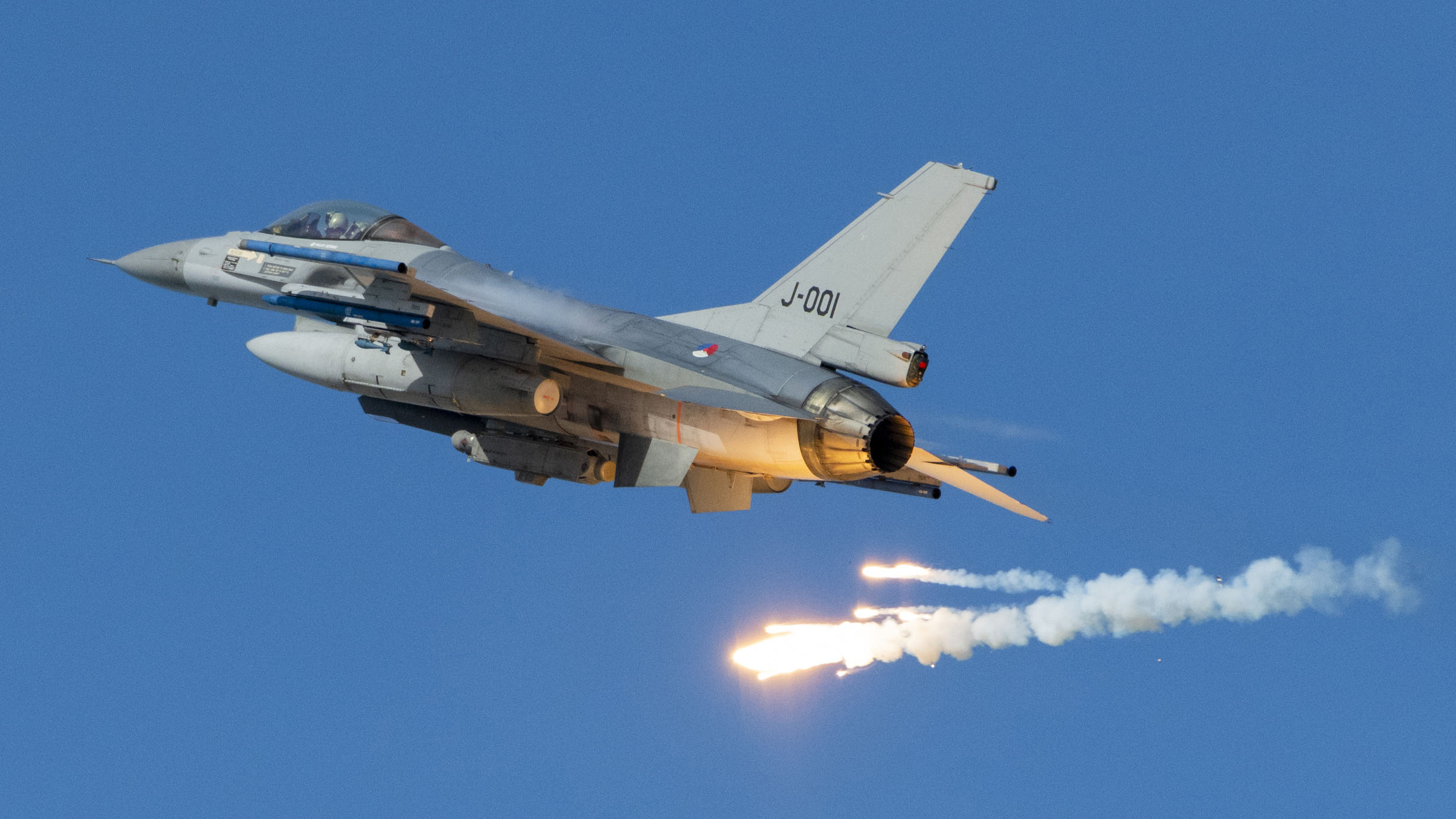
While the United Kingdom does not operate the F-16, that’s not to say that it couldn’t provide relevant training for this type or other NATO-standard fighter jets that could potentially be transferred to Ukraine in the future. The British might even be able to offer some fighter jets from their own stocks.
According to Downing Street, U.K. Defense Secretary Ben Wallace has been tasked with looking into what fighter jets the United Kingdom might be able to provide, although this has been described as a “long-term solution.” Prime Minister Sunak has said that “nothing is off the table.”
For now, no firm decision has been taken on providing combat jets to Ukraine. If it were to do so, the most likely candidate would be the 30 early-model Eurofighter Typhoon Tranche 1 jets, which are already planned to be retired by 2025. There is a big question over whether Ukraine would be able to support the costly Typhoon, while the Tranche 1 version may well be less attractive due to its extremely limited air-to-ground capability. On the other hand, the lack of offensive capacity might actually make the Tranche 1 jets more politically acceptable for transfer to Kyiv, since it could satisfy concerns about them being used offensively against ground targets in Russia.

Meanwhile, after an address to the U.K. parliament today, President Zelensky presented the speaker of the House of Commons with a Ukrainian Air Force fighter pilot’s helmet adorned with a message that reads “We have freedom, give us wings to protect it.” The Ukrainian president also urged his allies to provide a “coalition of planes” to help turn the tide of the war with Russia. This is just the latest in a long line of requests for modern Western fighters for Ukraine.
Interestingly, the British say they plan to offer Ukraine “longer-range capabilities,” leading to speculation that the Storm Shadow cruise missile could be headed to Ukraine. The weapons in question are not specified, but it’s said they “will disrupt Russia’s ability to continually target Ukraine’s civilian and critical national infrastructure and help relieve pressure on Ukraine’s frontlines.” As well as fighter jets, longer-range weapons are another key item that Ukraine is now vigorously campaigning for.
Meanwhile, the U.K. military is already training Ukrainian ground forces and says it has brought 10,000 Ukrainian recruits to “battle readiness” in the last six months. It plans to train another 20,000 Ukrainian soldiers before the end of the year, as that program continues to expand.
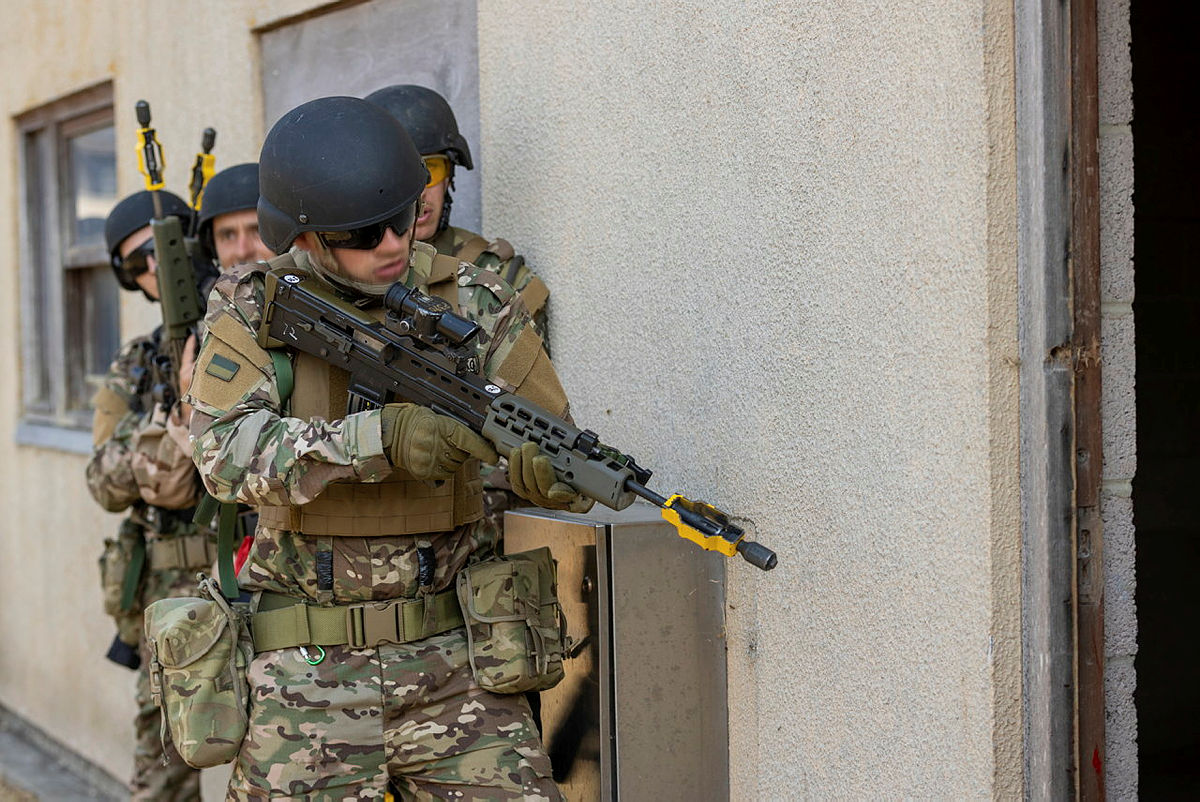
As far as fast-jet training is concerned, today’s announcement comes as the United Kingdom’s ability to train its own fighter pilots is increasingly questioned.
For some years now, there have been significant problems in the country’s aircrew training system, in terms of both aircraft availability and throughput, with the fast-jet pipeline being especially badly affected.
As of last September, it was reported that around 280 personnel were in limbo as they waited to move from one U.K. Military Flying Training System (MFTS) course to the next.
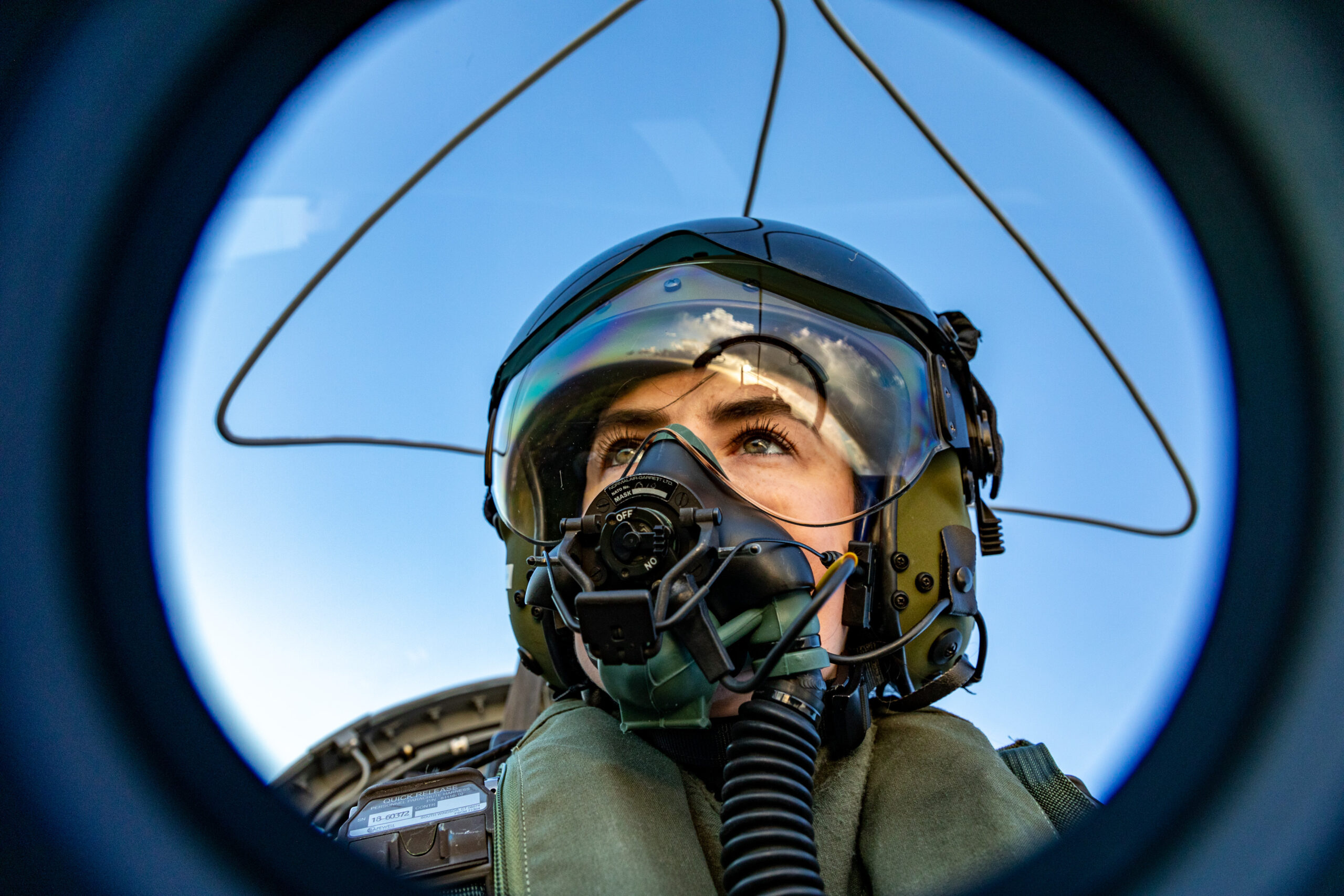
As the United Kingdom struggles to strike the balance between pipeline supply and the frontline demand for new pilots, it has had to send more students to the United States, where they join the Euro-NATO Joint Jet Pilot Training, or ENJJPT, program rather than training within the U.K. Royal Air Force’s syllabus.
The U.K. Ministry of Defense has taken other action, too, including reducing the length of the Operational Conversion Unit courses that are the final step for pilots before they join the combat-ready front line, as well as increasing the use of simulators, in place of live flying.
Overall, the state of the U.K. military pilot training effort suggests that it’s likely that Ukraine will be offered slots for pilots who have already qualified to fly frontline types, like the MiG-29 Fulcrum and Su-27 Flanker fighter jets currently flown by the Ukrainian Air Force.
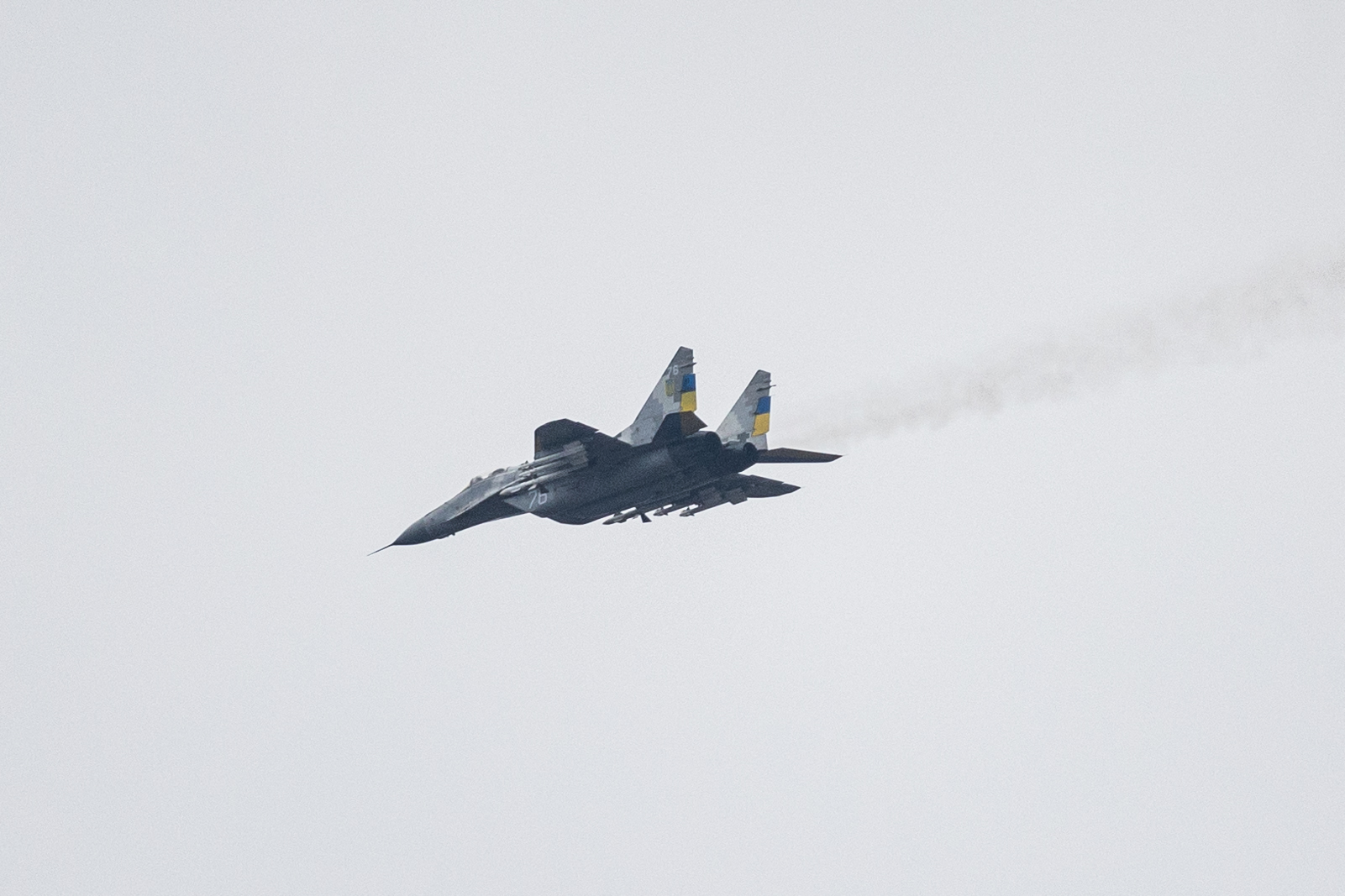
The advantage of training pilots of this kind is that the syllabus would only need to focus on conversion from a Soviet-era fighter jet to a “sophisticated NATO-standard fighter jet” — like the F-16.
The actual training might not even include much — if any — live flying, with the key lessons being imparted in the simulator.
Air Marshal Greg Bagwell, a former deputy commander of the RAF, today tweeted: “[The] U.K. has synthetic training facilities, which can be used to train on modern tactics and weapon employment. Learning to fly an aircraft is a relatively simple transition, learning how to use the systems to maximum effect is the key part and transferable to most modern types.”
Bagwell said that a training setup of this kind, optimized for “postgraduate” pilots would have “no impact on U.K. training pipeline,” before adding that “some of our advanced training is the best in the world — Top Gun+.”
Tim Davies, a former RAF fast-jet instructor pilot told The War Zone: “With Hawk T2 flying training being limited at the moment due to a modification program and serviceability issues, the multiple simulators at RAF Valley would be available for training Ukrainians.” He added: “Hawk T2 engine problems have led to a lack of live flying, leaving the simulators vacant as courses stall.”
It’s very hard to say, of course, how long a U.K.-provided course for Ukrainian fighter pilots might take. We simply don’t know the scope of the training that’s being offered, let alone how many people would be involved in such an effort, both trainees and trainers.
It is possible, however, to make a broad comparison with the kind of timeline involved in getting a British pilot through the fast-jet training pipeline. According to recent statements to the House of Commons from Air Chief Marshal Mike Wigston, the commander of the RAF, in the recent past, the process of training a fast-jet pilot took around five years, including about three and a half years of actual flying training, although in practice it would be a full seven years before they got to the front line, due to the scarcity of available slots.
This is just an average, however, with accounts of some pilots spending now fewer than 10 years in the training pipeline before getting into the cockpit of a fast jet. More recently, Wigston says, the route to the front line has come down to five years, with the aim of reaching just over four years before the end of 2024.
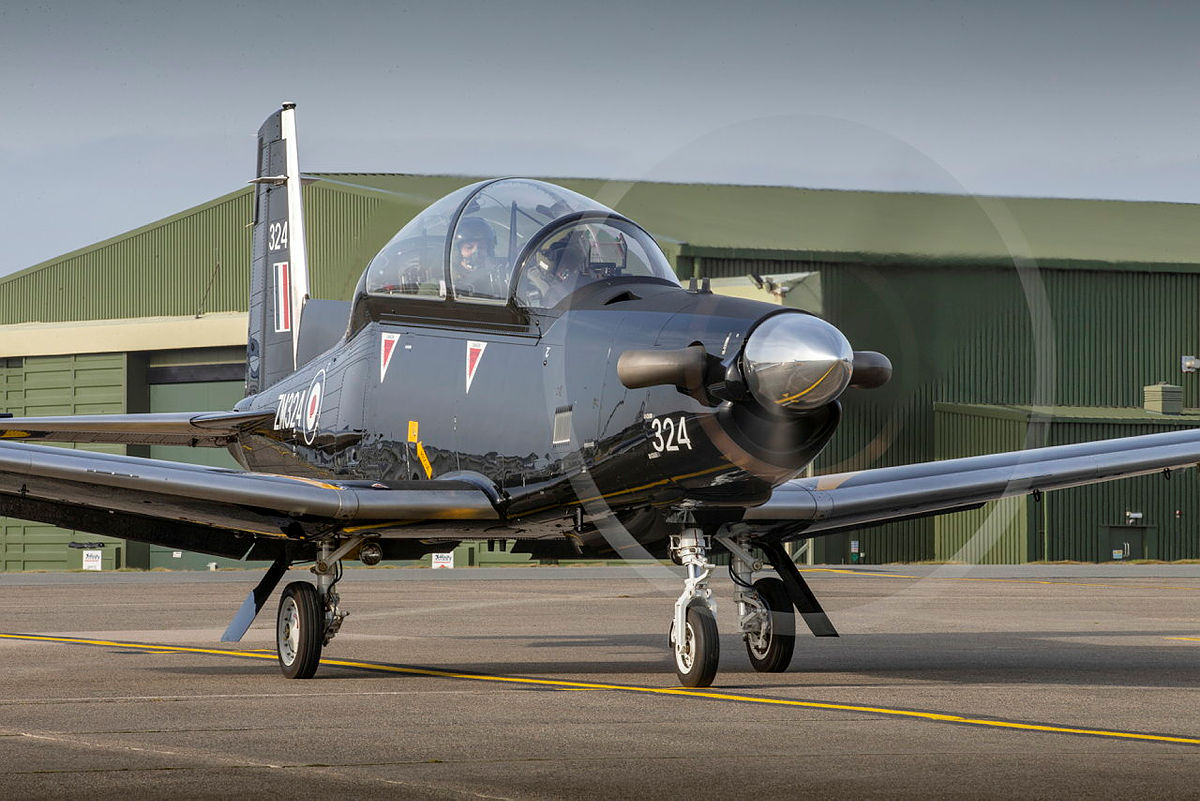
With the syllabus already struggling to meet the demand for frontline pilots, it seems inevitable that bringing in additional Ukrainian trainees, in whatever part of the pipeline, would only add to the strain. That would appear to be true for ground-based simulators as well, which are already playing an increasingly important part in training U.K. fast-jet pilots.
At the same time, other experts have assessed that much more accelerated training timelines could be achieved, providing there was a will to do so, although it is far from clear how the current U.K. fast-jet training program could sustain this.
Writing back in April last year, Air Marshal Bagwell asserted that “Conversion to a frontline combat aircraft for a new pilot would usually take about six months to become limited combat ready. However, a more experienced pilot would take less than half that time.”
Bagwell then added: “If operational reasons demanded, then a much shorter course for experienced pilots learning a new type, focused only on the relevant tactics and weapons, could be done in four to six weeks, much of which could be done on simulators.”

This far more confident prediction is more in line with some of the projections from Ukrainian officials and fighter pilots as to how long it could take to convert its pilots to the F-16. Early in the conflict, the Ukrainian Air Force suggested its pilots could be trained to operate F-15s or F-16s within two to three weeks, while MiG-29 pilot “Juice” told The War Zone that, provided with a flight of four F-16s, his colleagues could learn to fly the jets as a tactical asset within “a few weeks.”
Whatever the feasibility of these kinds of aspirations, it is wholly uncertain as to whether the kind of training now being offered by the United Kingdom covers all the requirements to bring aircrew up to speed in employing a NATO-standard fighter in combat. As well as the pilots, Ukrainian ground crew, radar operators, weapons specialists, and others would also need to undergo courses focusing on entirely new systems like Western navigational aids and the Link 16 data-sharing network.
Ukrainian Air Force spokesman Yuri Ignat recently told Air Force Magazine that Ukraine has at least 30 pilots with sufficient English-language skills, as well as maintainers, who would be ready to travel to the United States for training if an F-16 deal can be agreed upon. Perhaps, the availability of a fighter training course in the United Kingdom could see some of these pilots heading there instead. That could make sense even for preliminary simulator work, before moving elsewhere to fly frontline jets within an operational training unit.

The offer of training from the United Kingdom could ultimately be a stepping stone toward Ukraine getting the fighter jets it has long wished for. In that sense, it could follow a cycle that has been repeated more than once when it comes to Western countries supplying increasingly more complex weapon systems. On multiple occasions now, it’s been argued that certain weapons — HIMARS, Patriot air defense systems, modern main battle tanks — are too complex for Ukrainian personnel to become proficient in operating and maintaining. Each time, those barriers have been taken down.
As The War Zone argued nearly a year ago, if Ukraine’s allies really are serious about sending Western fighter jets to Ukraine, at some point in the future, there is no sense in waiting around for training to begin. After all, it could take many months or even years to actually get modern Western fighters to Ukraine. Starting to get ready for that possibility now is not only a big statement of intent, but will smooth out the process of getting those jets into combat in the most timely way possible.
And with Paris next on President Zelensky’s agenda, it’s possible that there will be further developments around potential French support for getting fighter jets into Ukrainian hands. Last month, a French defense official confirmed that the government could agree to supply Ukraine with fighter jets at some point.
Whatever the case, it needs to be remembered that, as well as converting a Ukrainian pilot to fly a modern Western jet, the issue of training the maintainers to keep an aircraft like this serviceable is just as pressing of an issue. After all, without technicians who know the ins and outs of the aircraft, as well as its weapons systems, avionics, and defensive aids, then training a pilot to fly it is going to be a waste of time.
Contact the author: thomas@thedrive.com
